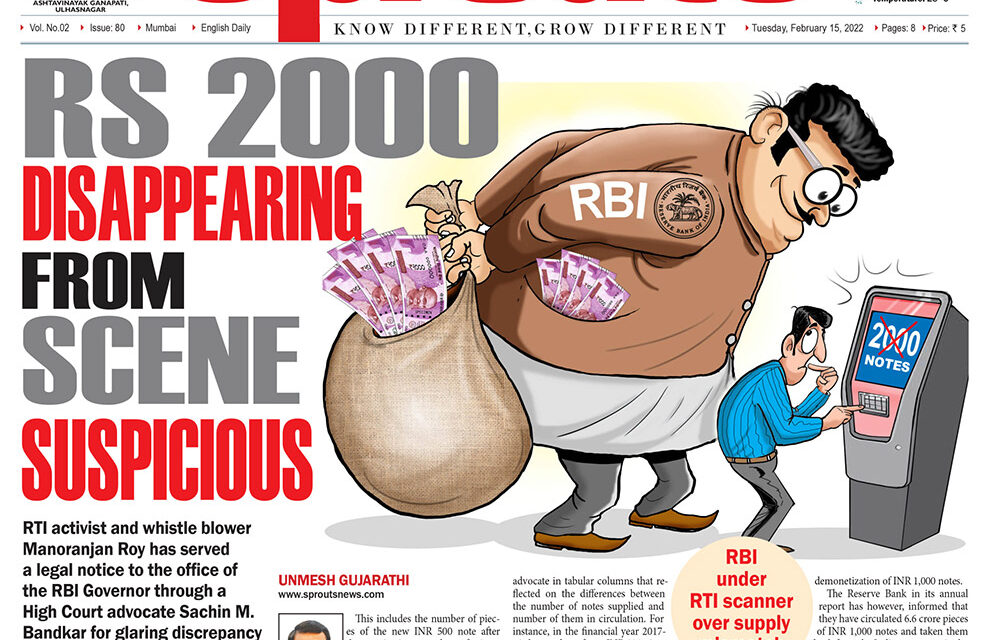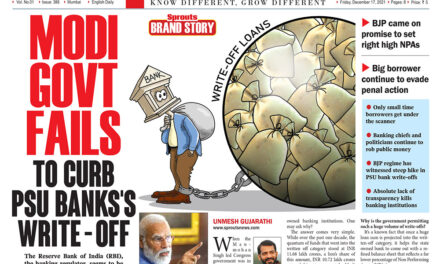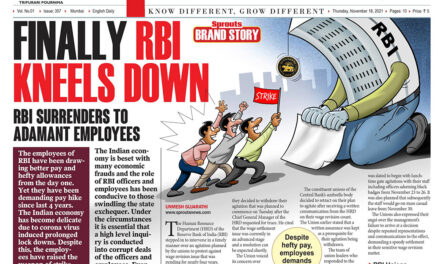This includes the number of pieces of the new INR 500 note after demonetization, number of pieces of INR 2000 notes as well as RBI circulating INR 1000 notes well past the demonetization period. The printing presses he referred to include the Bharatiya Reserve Bank Note Mudran Private Ltd, Bangalore; Nashik Currency Note Press and Bank Note Press Dewas.
RBI under RTI scanner over supply mismatch
There were a number of examples supplied by the advocate in tabular columns that reflected on the differences between the number of notes supplied and number of them in circulation. For instance, in the financial year 2017-18 the number of new INR 500 pieces stood at 9,69,30,00,000 on page number 146. In page number 181, the same was stated as 9,69,00,00,000.
Furthermore, Roy has furnished several instances of discrepancy in the number of notes supplied besides those in circulation by means of data he obtained from multiple tabular sheets. It may be recalled that in the year 2016, the government had carried out demonetization of INR 1,000 notes.
Mismatch comes to light from Annual report
The Reserve Bank in its annual report has however, informed that they have circulated 6.6 crore pieces of INR 1,000 notes and taken them back from the Indian economy in the year 2018.
To make things worse, there is no mention of any government resolution that permits the to and fro circulation of the INR 1,000 notes that too, a good 2 years after demonetization of the same. Copies of the correspondence have been furnished to the Indian Prime Minister, President of India besides the RBI Governor.









